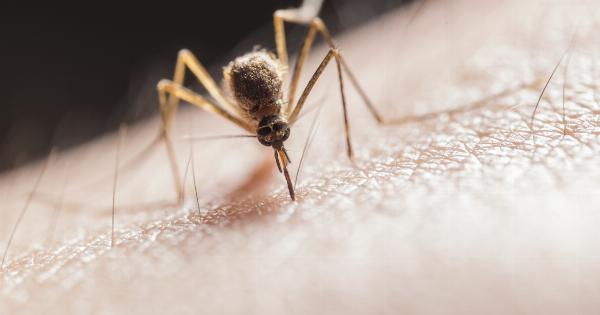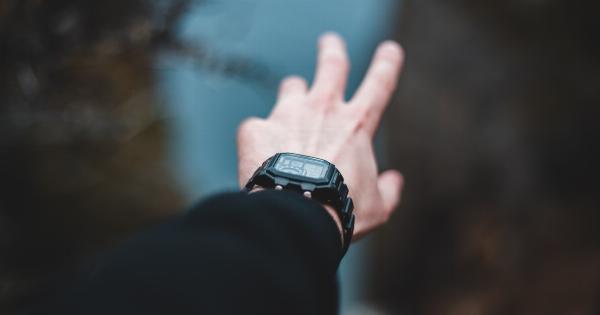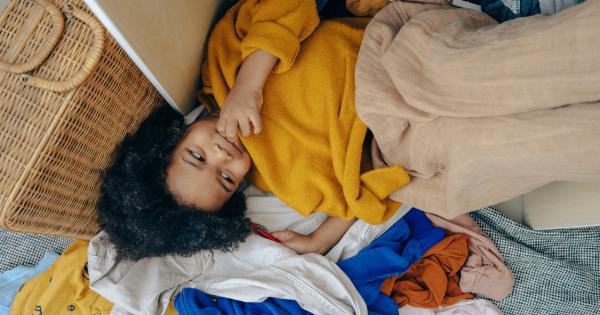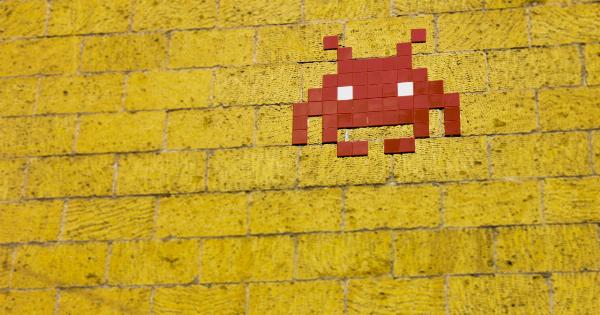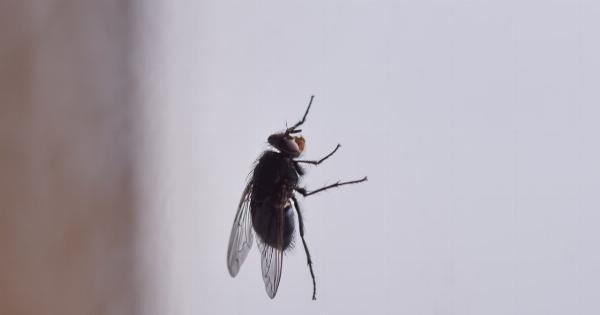Protecting your children from mosquito bites is essential to prevent discomfort and reduce the risk of mosquito-borne illnesses. With numerous mosquito repellent options available, it can be overwhelming to choose the right one for your child.
This ultimate guide will walk you through everything you need to know about mosquito repellents for children, ensuring you make an informed decision to keep your little ones safe and itch-free.
Understanding Mosquitoes and the Risks
Mosquitoes are pesky insects that can not only cause itchy bites but can also transmit diseases such as malaria, dengue fever, Zika virus, and West Nile virus.
Young children are particularly vulnerable to mosquito bites due to their delicate skin and weaker immune systems. It is crucial to protect them from these potentially harmful insect bites.
Types of Mosquito Repellents
When selecting a mosquito repellent for your child, it is essential to consider the different types available. Here are the most common types:.
1. DEET-Based Repellents
Repellents containing DEET (N,N-diethyl-meta-toluamide) are widely used and effective against various insects, including mosquitoes. DEET has been extensively studied and considered safe for children older than two months.
However, it is recommended to use lower concentration products for younger children.
2. Picaridin-Based Repellents
Picaridin-based repellents are a popular alternative to DEET, known for their less potent scent and non-greasy feel. They provide excellent protection against mosquitoes and other biting insects for both children and adults.
3. Oil of Lemon Eucalyptus
Derived from the lemon eucalyptus plant, oil of lemon eucalyptus (OLE) is a natural repellent that has proven effective against mosquitoes. It is suitable for children above three years of age but should not be used for children under the age of three.
4. Natural Repellents
There are various natural repellents available, usually made with plant-derived ingredients such as citronella, lemongrass, or lavender oil.
While they might offer some protection, their effectiveness and duration may be shorter compared to chemical-based repellents.
Choosing the Right Mosquito Repellent
When selecting a mosquito repellent for your child, keep the following factors in mind:.
1. Age
Consider the recommended age on each product. Some repellents may not be safe for infants or very young children.
2. Concentration
The concentration of active ingredients can vary across different products. Lower concentrations may require more frequent reapplication.
3. Duration
Check the duration of protection provided by the repellent. Some products offer protection for several hours, while others may require more frequent applications.
4. Application Method
Consider the ease of application. Some repellents come in aerosol sprays, pump sprays, lotions, or wipes. Choose a method that works best for your child’s age and preferences.
5. Sensitivities and Allergies
Take into account any sensitivities or allergies your child might have. Read the labels and avoid products with ingredients your child may react to.
Safe Application of Mosquito Repellents
Follow these guidelines to ensure safe application of mosquito repellents on your child:.
1. Read and Follow Instructions
Always read and follow the instructions provided by the repellent manufacturer. Pay attention to recommended ages, application methods, and reapplication intervals.
2. Apply to Exposed Skin
Apply the repellent to exposed skin areas, avoiding the hands, eyes, and mouth. If applying to the face, spray the repellent on your hands first and then carefully apply it to your child’s face.
3. Avoid Over-application
Avoid excessive application of repellents. Using more does not increase effectiveness and may pose a higher risk of adverse reactions.
4. Reapplication
Keep track of the recommended reapplication intervals. Reapply the repellent as directed to maintain protection.
Additional Mosquito Bite Prevention Tips
In addition to using mosquito repellents, consider the following tips to prevent mosquito bites:.
1. Dress Your Child Appropriately
Cover your child’s skin with lightweight, long-sleeved shirts, long pants, and socks, especially during peak mosquito activity hours.
2. Avoid Mosquito-Infested Areas
Try to keep your child away from areas with high mosquito populations, such as stagnant water sources, especially during dawn and dusk.
3. Use Mosquito Nets
When sleeping or spending time outdoors, utilize mosquito nets around cribs, strollers, and play areas to create a physical barrier.
4. Eliminate Standing Water
Mosquitoes breed in stagnant water. Regularly empty or treat any standing water sources near your home to minimize mosquito breeding grounds.
Conclusion
Protecting your children from mosquito bites is crucial for their comfort and overall health. By choosing the right mosquito repellent and following safe application practices, you can significantly reduce the risk of mosquito-related illnesses.
Additionally, incorporating preventive measures such as appropriate clothing and mosquito net usage further enhances protection. Remember, when it comes to your child’s well-being, it’s better to be safe than sorry.




